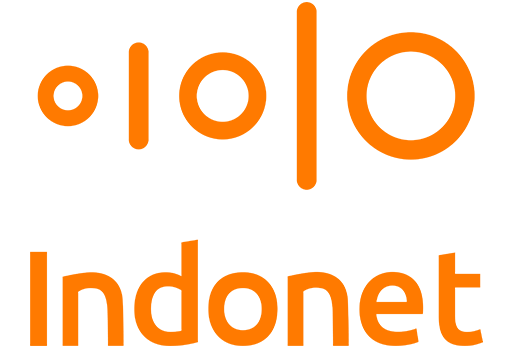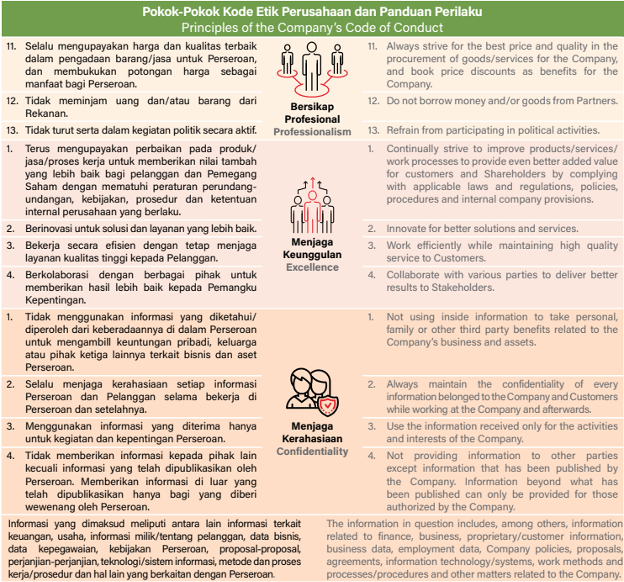Dark Fibre offers the potential to address modern connectivity challenges and provide a robust infrastructure to support new technology and service developments. Dark Fibre is also having a significant impact in various industries by enabling fast, secure and reliable connectivity for various applications and services.
In an era where connectivity keeps growing, Dark Fibre has emerged as a promising alternative to meet efficient and reliable communication needs. However, before deciding to adopt Dark Fibre as a communications infrastructure, the most important first step is to carry out a careful evaluation. This includes an in-depth analysis of your specific needs, resource availability, costs involved, as well as the expected benefits of using Dark Fibre.
More than just installed infrastructure, the way Dark Fibre works is an important step in turning previously unused optical fiber into an efficient and reliable communication channel. These steps involve activating the necessary transmission equipment and configuring the network according to your needs. Thus, Dark Fibre can be transmitting data with reliable performance, answering modern connectivity challenges with innovative solutions.
However, it is not only performance that must be considered. Security is also a critical aspect in implementing Dark Fibre. The increasing complexity of cyber threats means the importance of having a comprehensive security strategy. In managing a Dark Fibre network, appropriate technical and operational measures need to be implemented to protect data integrity and maintain service availability. By maintaining a balance between performance and security, Dark Fibre can be a powerful solution in addressing today’s communication and connectivity challenges.
Dark Fiber refers to optical fiber that has been installed and installed but not activated to transmit data. In the context of communications technology, optical fiber is a very efficient medium for transferring data in the form of light signals. Dark Fiber is a potential infrastructure that has not been fully utilized, and is often rented out to parties who wish to use it for their data transmission needs.
It should be emphasized that this dark fiber does not yet have data transmission equipment or devices installed, so it is “dark” or inactive. However, when enabled with appropriate transmission equipment, dark fiber has the potential to provide high-speed connectivity and large capacity. This makes it a valuable asset in addressing the growing demand for fast and reliable connectivity.
Follow Us



Newsletter
Follow Us








